Cargando...
Recursos educativos
-
Nivel educativo
-
Competencias
-
Tipología
-
Idioma
-
Tipo de medio
-
Tipo de actividad
-
Destinatarios
-
Tipo de audiencia
-
Creador
-

Complete. One type of asexual reproduction
EduBook Organización
- 2998 visitas
Replace the underlined words in the text with the correct ones: separate bud Sponges budding In splitting , a new cell develops on the animal's body, called a grain . It grows to form a new…
-
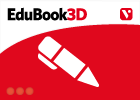
Llegeix les endevinalles següents. Què representen?
EduBook Organización
- 2712 visitas
Llegeix les endevinalles següents. Què representen? El camp és blanc; la llavor és negra; dos que s'ho miren i una que sembra. Llarg i prim, parent de bruixa tant fa versos com dibuixa. I si cal…
-

Recipes & Cooking
V&V Books Vicens Vives Organización
- 1 lo usan
- 2457 visitas
If you're hungry, grab your apron and get cooking! Making food yourself - with a little help from a parent - is a great way to learn about food and meal preparation. And we have plenty of recipes…
-

Video: Because You Loved Me
Esl video Organización
- 2783 visitas
This song by Celine Dion was part of the "Up Close and Personal" soundtrack. It expresses how love, either from a parent or a partner, can make us stronger. We can listen to ways to give…
-
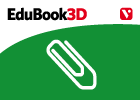
Find out more
EduBook Organización
- 2087 visitas
A hydra is a type of cnidarian. It is only a few millimetres long and lives in fresh water. Hydras reproduce asexually by budding. The hydra in this photo has a bud growing out of its left side. This…
-
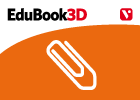
Did you know?
EduBook Organización
- 1721 visitas
Yeasts are microscopic fungi that reproduce by budding. In this process, a protuberance (or bud) forms, which may separate from or remain attached to the parent organism. Yeasts are of great economic…
-
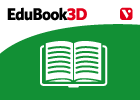
Other types of plant reproduction
EduBook Organización
- 1397 visitas
Asexual reproduction in flowering plants Some flowering plants can produce descendents from a single parent plant without the help of another individual. This type of reproduction is called asexual…
-
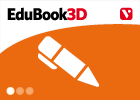
Think about it. Reproduction in living things
EduBook Organización
- 3955 visitas
Remember what you have studied in this section and answer the questions: Choose an organism. Tell your classmates what type of reproduction it uses and how it does this: What does genetically identical…
-
Unit 3: Plant nutrition
EduBook Organización
- 3177 visitas
Alternation of generations (n): the alternation of a sexual (gametophyte) and an asexual (sporophyte) phase in plant reproduction. anther (n): the part of the stamen that contains the pollen. asexual…
-

Look and answer. Budding
EduBook Organización
- 2623 visitas
Put the stages of budding in the correct order: Cell develops into an individual. Cell separates from the parent. New cell develops. Look at the photo of new buds growing on a tree. How many buds can…
Te estamos redirigiendo a la ficha del libro...













